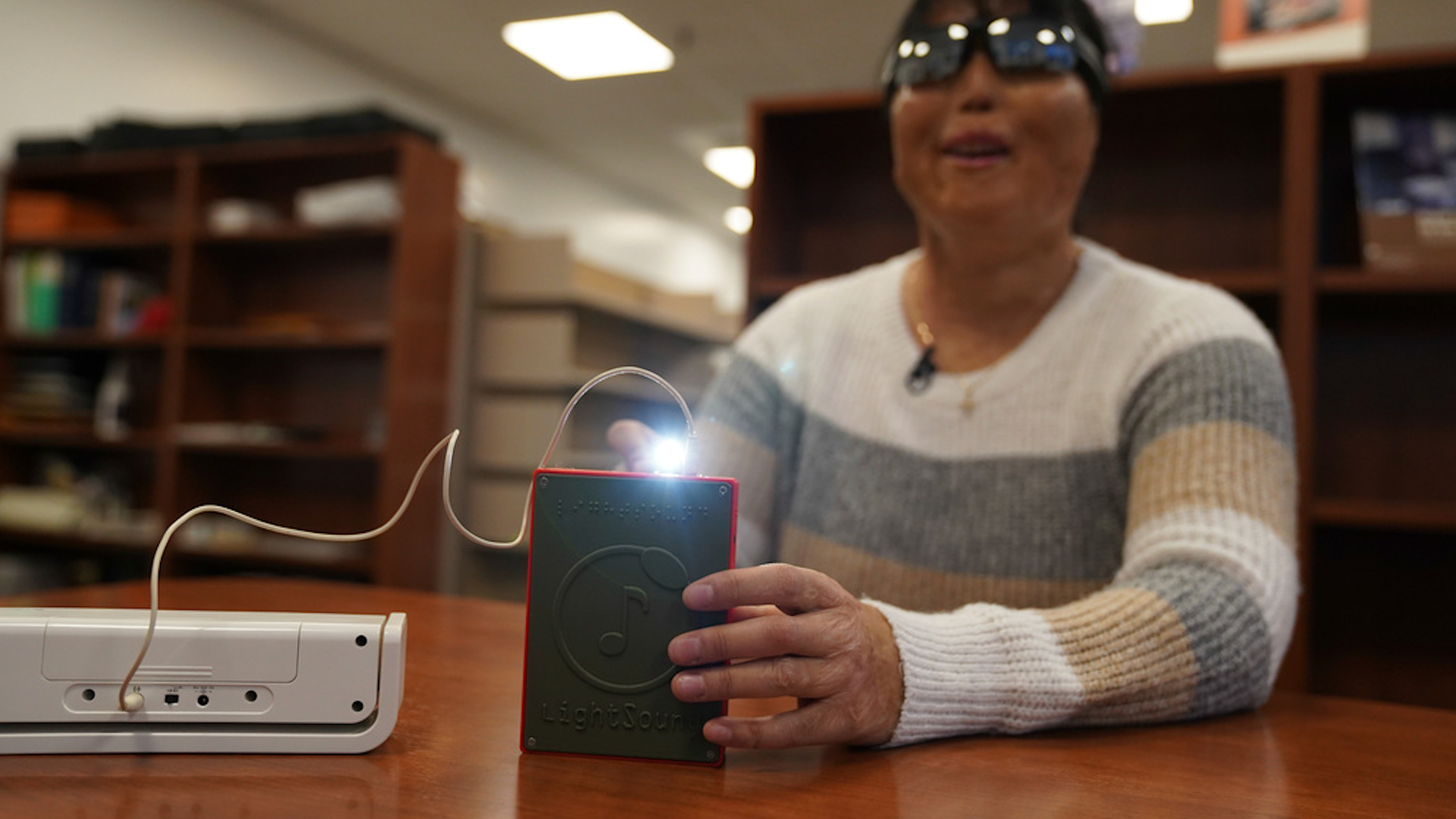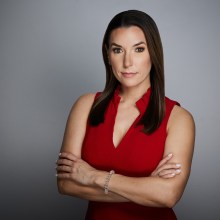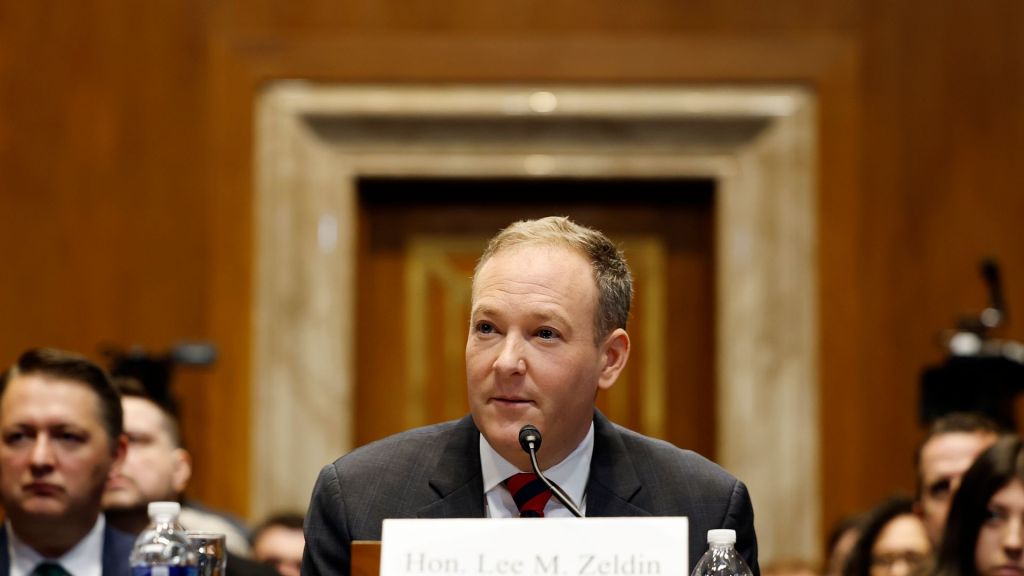
ALLYSON BIERYLA
MANAGER OF THE ASTRONOMY LAB
“We developed a device called the LightSound that essentially takes light and converts it to sound as a tool for the blind and visually impaired.”
LAUREN TAYLOR
NEXT MONTH, AS A TOTAL SOLAR ECLIPSE CROSSES 13 STATES FROM TEXAS TO MAINE, THIS NEW TECHNOLOGY WILL ENABLE BLIND OR VISUALLY IMPAIRED PEOPLE TO EXPERIENCE THE COSMIC EVENT THROUGH SOUND.
THE HARVARD UNIVERSITY ASTRONOMY LAB TEAM ALONG WITH WITH BLIND ASTRONOMER WANDA DIAZ MERCED CREATED LIGHTSOUND, A DEVICE THE SIZE OF A SMARTPHONE, WHICH TURNS AMBIENT LIGHT LEVELS INTO SOUND: FLUTE TONES FOR DAYLIGHT, CLARINET FOR THE DIMMING DURING AN ECLIPSE, AND SOFT CLICKS FOR THE TOTAL ECLIPSE PHASE, WHEN THE MOON OBSCURES THE SUN.
THE TEAM STARTED WITH THREE DEVICES FOR THE 2017 ECLIPSE AND
THIS YEAR, EFFORTS ARE UNDERWAY TO DISTRIBUTE AT LEAST 750 LIGHTSOUND DEVICES ACROSS ECLIPSE EVENT LOCATIONS IN MEXICO, THE U.S., AND CANADA.
ALLYSON BIERYLA
MANAGER OF THE ASTRONOMY LAB
“So one option – you can hook this up to a speaker, and then you can project the sound to an entire group. As the sun is changing, this would be like the bright light of the sun. And then as it starts to dim, it goes away and the sound gets lower. And then the shadow comes in and it gets even lower and starts clicking.”
LAUREN TAYLOR
BIERYLA EMPHASIZES THE LAB’S AIM IS TO MAKE ASTRONOMY MORE ACCESSIBLE, SAYING THAT THE DEVICE SERVES NOT ONLY THOSE WHO ARE BLIND OR HAVE LOW VISION BUT ANYONE WHO WANTS INTERACTS WITH DATA IN UNIQUE WAYS.
THE LIGHTSOUND DEVICE CREATORS WELCOME INDIVIDUALS WITH SOLDERING SKILLS TO BUILD THEIR OWN UNITS, IF YOU’RE INTERESTED YOU CAN FIND THE OPEN-SOURCE CODE ON OUR WEBSITE, SAN.COM.








